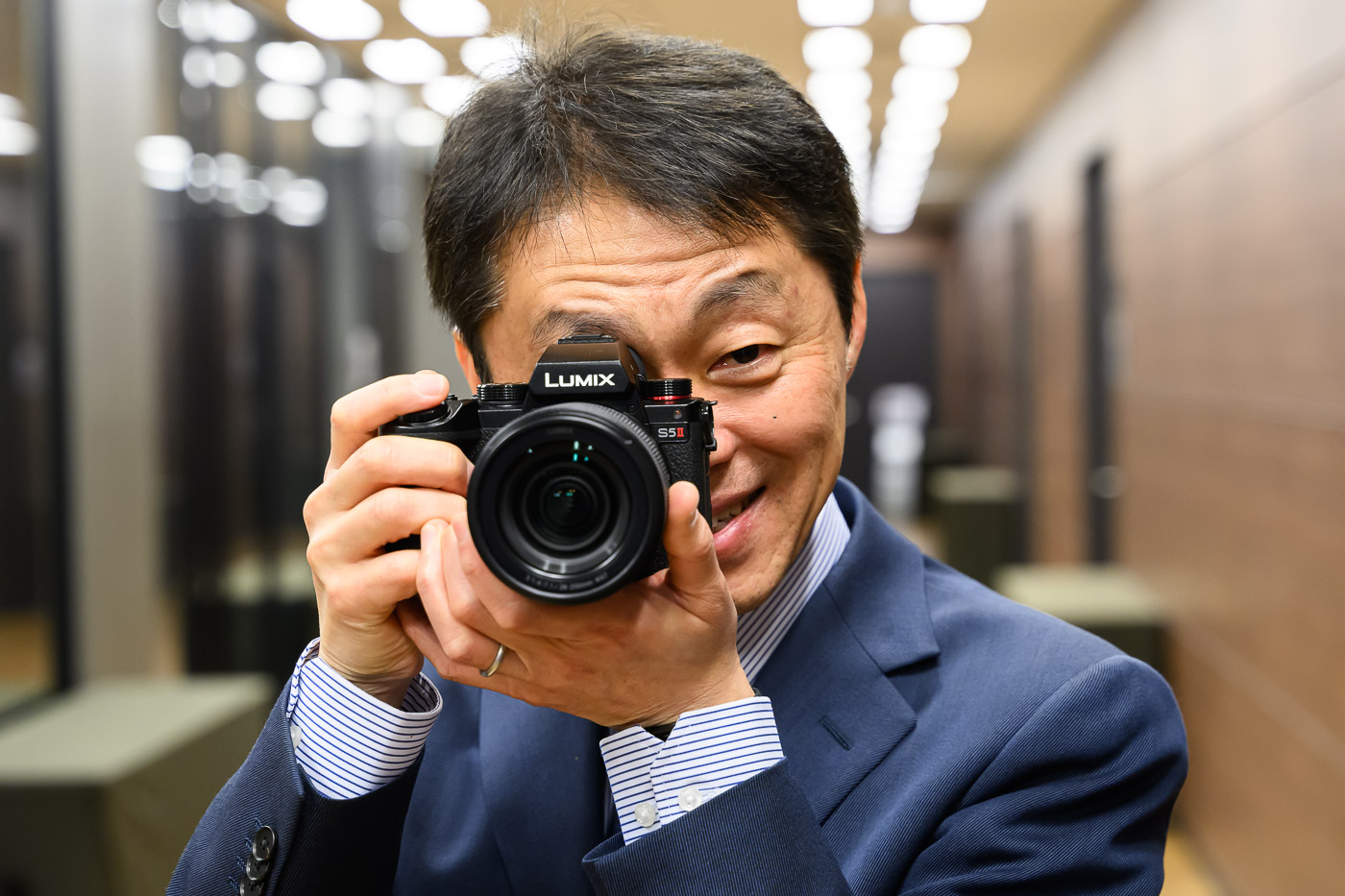pdk42
Moderator
In this French interview with Toshiyuki Tsumura from Panasonic, it seems that they’re using plastic elements:

 phototrend.fr
phototrend.fr
In English:
Not sure how I feel about that!

Interview Panasonic CP+ 2024 : "la France est l'un des pays où notre part de marché est la plus importante"
Voici l'interview de Toshiyuki Tsumura, directeur de la division Imaging Business chez Panasonic Corp lors du CP+ 2024.
 phototrend.fr
phototrend.fr
Nous avons utilisé par exemple des lentilles asphériques en plastique moulé, qui permettent d’atteindre un très haut niveau de précision tout en réduisant la taille de ce zoom
In English:
For example, we used aspherical molded plastic lenses, which allow us to achieve a very high level of precision while reducing the size of this zoom.
Not sure how I feel about that!